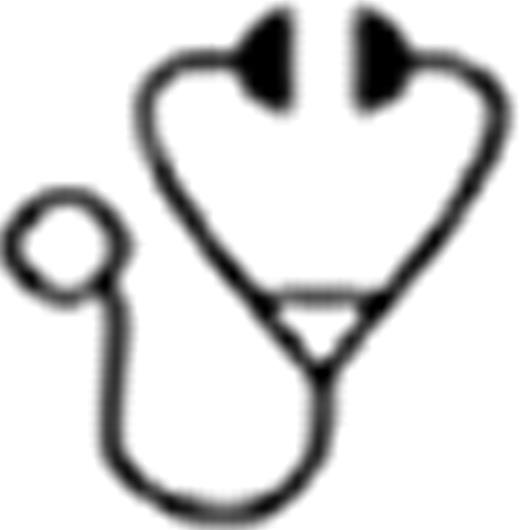Abstract
Abstract 3022 FN2
FN2
Introduction of reduced toxicity regimens for hematopoietic cell allografting is expanding applicability of this procedure to patients not otherwise eligible to receive myeloablative preparative regimens. This phase II study evaluates the ability of a novel reduced toxicity regimen with pentostatin and busulfan (BU) to achieve ≥ 50% donor chimerism by day +28 (±7) in CD3+ blood lymphocytes. The preparative regimen consisted of a pre-conditioning treatment-phase with pentostatin 4 mg/m2 (days -28, -21, and -14) if host CD4+ counts >100/μL; and, rituximab 375 mg/m2 (days -21, -14, and -7) for CD20+ lymphoid malignancies. Conditioning phase consisted of pentostatin 4 mg/m2 (days -4, -3) and 2 doses of I.V BU: 1st dose (day -4) = 200 mg/m2, 2nd dose (day -2) = adjusted for a target cumulative area under the curve (AUC) =16, 000 micromol*min/L (±10%). Patients (pts) with CD20+ lymphoid malignancies received 2 additional rituximab doses of 375 mg/m2 (days +1, +8) post-transplant. Between 02/04/2008 and 03/18/2011, 42 pts [31(74%) male] with a median age of 53 (29–73) years, underwent allogeneic HCT for the following diagnoses: CLL/SLL=18 (43%), follicular NHL=6 (14%), mantle cell NHL=4 (10%), transformed B-cell NHL=3 (7%), DLBC NHL=2 (5%), PTCL NOS=2 (5%), HL=2 (5%), lymphoplasmacytic NHL=1 (2%), T-cell PLL=1 (2%), and AML/MDS=3 (7%). Disease status was CR1/2 (n = 4), CR3+ (n = 5), PR1/2 (n = 15), PR3+ (n = 8), and refractory disease (n = 10). Seventy six percent of cases had a Karnofsky performance score of ≥ 90. All pts received G-CSF mobilized PBSC from 20 MRD, 18 MUD, and 4 MMUD (7/8 antigen/allele). Median CD34+ dose infused was 8.93 (1.66 − 14.07) x106/kg cells. GVHD prophylaxis consisted of TAC-MTX in 36, TAC-sirolimus in 4, and TAC-MMF in 2 cases. No pts received ATG. Thirty-three pts (79%) received rituximab. Median (range) CD4 levels/μL on days -30, -23, -16, -7, and 0 were 342 (27–844), 165 (33–642), 116 (41–413), 129 (43–344), and 31 (9–161), respectively. BU AUC [median (range)] was 8204 (5830 – 12116) for dose 1, 9303 (4763 – 13433) for dose 2 and 17518 (15010 – 21215) for the total dosing interval. Neutrophil and platelet engraftment occurred at a median (range) of 17 days (15 – 28) days and 13 days (0 – 177), respectively. Donor CD3, CD33 and unsorted BM chimerisms [median (range)] on day 28 (±7) were 87% (61–100%), 100% (95–100%), and 96% (64–100%), respectively. The median (range) follow-up of survivors was 23.8 (3.4–38.6) months. Non-relapse mortality at 100-days and 2-years were 2.4% (95%CI: 0 –9.1%) and 18.6% (95%CI: 7.8–32.6%), respectively. Overall response rate was 86% (CR=74%, PR=12%). Two-year progression-free (PFS) and overall survivals (OS) for all pts were 56.4% (95%CI: 40.4–71.7) and 63.5% (95%CI: 46.7–78.8%), respectively. Disease status (CR, PR or refractory) at time of HCT did not affect 2-year PFS (p=0.83) or OS (p=0.97). Cumulative incidence of grade II-IV and III-IV GVHD by day +100 were 59% (95% CI: 43 – 75%) and 19% (95% CI: 7 – 35%), respectively. Cumulative incidence of moderate/severe chronic GVHD at 2 years was 58% (95% CI: 39 – 75%). In summary, our results demonstrate that this novel conditioning regimen of PB±R facilitates early durable CD3+ donor engraftment and results in excellent response rates with low NRM.
Off Label Use: Pentostatin, Busulfan and Rituximab as conditioning regimens for allogeneic HCT. Perkins:PDL BioPharma: Research funding. Fernandez:Genetech: Advisory board; Otsuka: Speakers Bureau.
Author notes
Asterisk with author names denotes non-ASH members.

This icon denotes a clinically relevant abstract

This feature is available to Subscribers Only
Sign In or Create an Account Close Modal